The Solar System - 1 Class 4 Worksheet Science
Q1: Multiple Choice Questions (MCQs).
(i) The number of times the Earth has moved around the Sun since you were born
(a) is less than your age in years
(b) is equal to your age in years
(c) is greater than your age in years
(d) has no connection with your age
Ans: (b)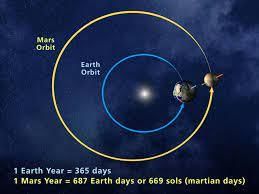 As earth takes 365 days it will be almost equal to your age in years.
As earth takes 365 days it will be almost equal to your age in years.
(ii) Which places on the Earth are equally hot throughout the year?
(a) North Pole
(b) South Pole
(c) Places on the equator
(d) None – all places are cold in winter and hot in summer 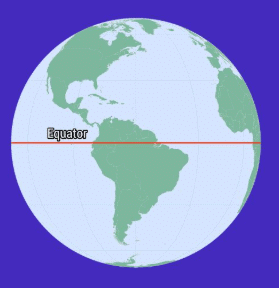
Ans: (c)
The amount of solar energy in a given area is greater at the equator than in an equal area at the poles, which is why the equator temperature is warmer than the polar temperatures.
(iii) The largest planet in the solar system
(a) Earth
(b) Sun
(c) Saturn
(d) Jupiter 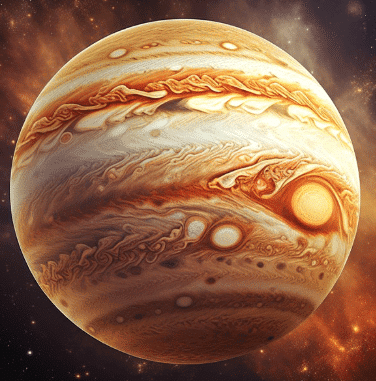
Ans: (d)
In our Solar System, Jupiter is the largest planet we have in our solar system.
(iv) Which of these is not a planet?
(a) Earth
(b) Saturn
(c) Venus
(d) Sun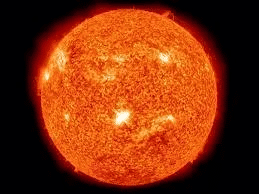
Ans: (d)
The Sun is an ordinary star, just one among hundreds of billions of stars in the Milky Way Galaxy.
(v) What causes day and night on Earth?
(a) Revolution of the Earth around the Sun
(b) Rotation of the Earth on its axis
(c) Tilt of the Earth's axis
(d) Movement of the Moon around the Earth 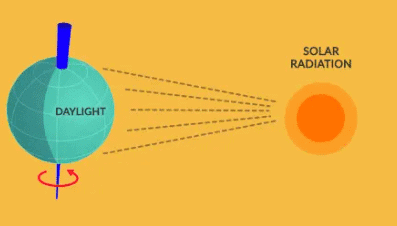
Ans: (b)
The rotation of the Earth on its axis causes day and night.
(vi) What is the main component of Saturn's rings?
(a) Gases
(b) Ice and dust
(c) Water
(d) Rocks and iron 
Ans: (b)
Saturn's rings are made of ice and dust.
(vii) How long does the Earth take to complete one revolution around the Sun?
(a) 24 hours
(b) 30 days
(c) 365 days
(d) 12 months
Ans: (c)
The Earth takes about 365 days to complete one revolution around the Sun.
(viii) Which planet in the solar system is known for its strong winds of up to 2000 kilometers an hour?
(a) Neptune
(b) Uranus
(c) Saturn
(d) Jupiter
Ans: (a)
Neptune is known for its extremely strong winds.
(ix) Why is Venus the hottest planet in the solar system?
(a) It is the closest to the Sun.
(b) It has thick clouds that trap heat.
(c) It has the most moons.
(d) It has rings made of ice.
Ans: (b)
Venus has thick clouds that trap heat, making it the hottest planet.
(x) What happens when the northern hemisphere is tilted towards the Sun?
(a) It experiences winter.
(b) The southern hemisphere has summer.
(c) It experiences summer.
(d) Both hemispheres have the same season. 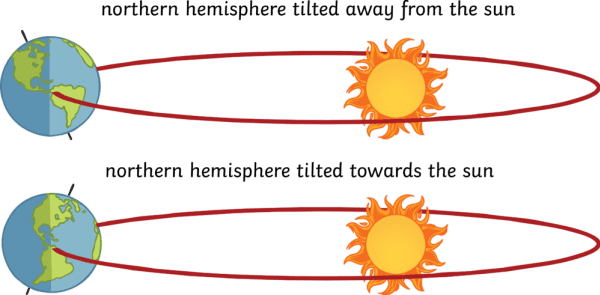
Ans: (c)
When the northern hemisphere is tilted towards the Sun, it experiences summer.
Q2: True or False.
(i) When the northern hemisphere has day the southern hemisphere has night.
Ans: True
(ii) Planets far away from the Sun are made up of frozen gases.
Ans: True
(iii) There is six months of day and six months of night at the Poles.
Ans: True
(iv) The Sun is at the center of the solar system, and all planets revolve around it.
Ans: True
(v) Saturn’s rings are made of gases.
Ans: False (Saturn's rings are made of ice and dust.)
(vi) Mars is called the red planet because it has a surface covered with red dust.
Ans: True
(vii) Neptune has the strongest winds in the solar system, blowing at speeds of 2000 kilometers an hour.
Ans: True
(viii) Venus is called the morning star or evening star because it can be seen only during the day.
Ans: False (Venus is visible in the morning and evening.)
Q3: Name the following.
(a) The morning star.
Ans: Venus
Venus shines so brightly that it is the first “star” to appear in the sky after the Sun sets, or the last to disappear before the Sun rises.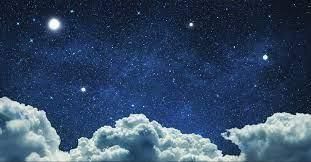
(b) The planet with the largest number of Moons.
Ans: Jupiter
Jupiter has the largest number of moons because it is the largest planet and has a strong gravitational pull. It has 79 known moons.
(c) The hottest planet.
Ans: Venus.
Venus is the exception, as its proximity to the Sun and dense atmosphere make it our solar system's hottest planet.
(d) The red planet.
Ans: Mars
Mars is known as the Red Planet because iron minerals in the Martian soil oxidize, or rust, causing the soil and atmosphere to look red.
Q4: Match the following.

Ans:
Q5: Answer the following questions in detail.
(i) How does the Earth’s revolution cause seasons?
Ans: Earth has seasons because its axis is tilted. Earth's axis is always pointed in the same direction, so different parts of Earth get the Sun's direct rays throughout the year. For example, in summer, the Sun's rays hit that region more directly than at any other time of the year.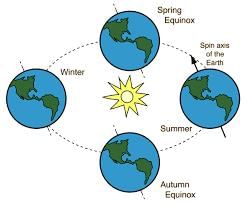
(ii) Explain how day and night occur.
Ans: The sun shines during the day and the moon shines at night. The sun and the moon are on different sides of the Earth and the Earth rotates facing one and then the other. A day is the time it takes for the sun to move around the Earth. Night occurs when the moon covers the sun.
(iii) What is a planet, and how does it differ from a star?
Ans: A planet is a big round ball-like object that does not give out its own heat and light. It moves around a star. A star, on the other hand, gives out its own heat and light.
(iv) Name the eight planets of the solar system in order of their distance from the Sun.
Ans: Mercury, Venus, Earth, Mars, Jupiter, Saturn, Uranus, and Neptune.
(v) Which planets in the solar system do not have moons?
Ans: Mercury and Venus do not have moons.
(vi) Why is Jupiter known for having the largest number of moons? How many moons does it have?
Ans: Jupiter has the largest number of moons because it is the largest planet and has a strong gravitational pull. It has 79 known moons.
Q6: Answer the following questions in brief.
(i) What is the difference between rotation and revolution?
Ans: "Rotation" refers to an object's spinning motion about its own axis. "Revolution" refers the object's orbital motion around another object. For example, Earth rotates on its own axis, producing the 24-hour day. Earth revolves about the Sun, producing the 365-day year.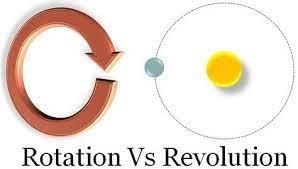
(ii) What is the solar system?
Ans: Our Solar System consists of a star named the Sun, the planets Mercury, Venus, Earth, Mars, Jupiter, Saturn, Uranus, and Neptune. It also includes the satellites of the planets; numerous comets, asteroids, and meteoroids; and the interplanetary medium. The Sun is a star. Thus, the star nearest to the Earth is the Sun. 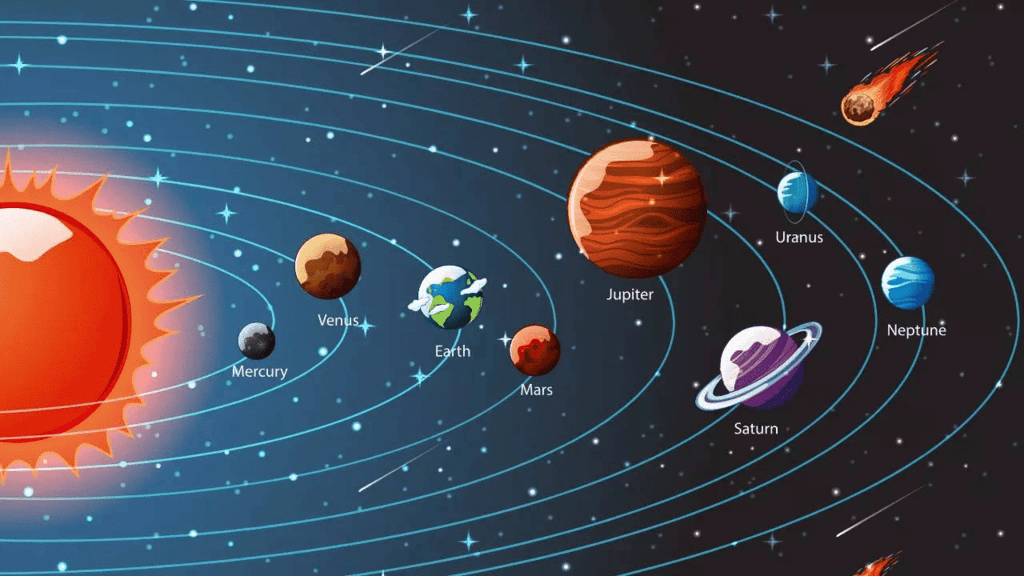
(iii) What are the two poles of the Earth called?
Ans: Earth has two geographic poles: the North Pole and the South Pole. They are the places on Earth's surface that Earth's imaginary spin axis passes through. Our planet also has two magnetic poles: the North Magnetic Pole and the South Magnetic Pole.
(iv) List the outer planets and the inner planets.
Ans: Inner planets:
- They are closer to the Sun.
- They are small.
- They take a short time to complete one revolution.
- They are mostly made up of rocks and are called terrestrial planets.
- Examples: Mercury, Venus, Earth, Mars
Outer planets:
- They are far away from the Sun.
- They are very large.
- They take a long time to complete one revolution.
- They are mostly made up of gases and are called gas giants.
- Examples: Jupiter, Saturn, Uranus, Neptune
|
48 videos|156 docs|34 tests
|
FAQs on The Solar System - 1 Class 4 Worksheet Science
| 1. What are the main components of the solar system? |  |
| 2. How do the planets in the solar system differ from each other? |  |
| 3. What is the significance of the asteroid belt in the solar system? |  |
| 4. What is a dwarf planet, and how does it differ from a regular planet? |  |
| 5. How do comets differ from asteroids in the solar system? |  |

















